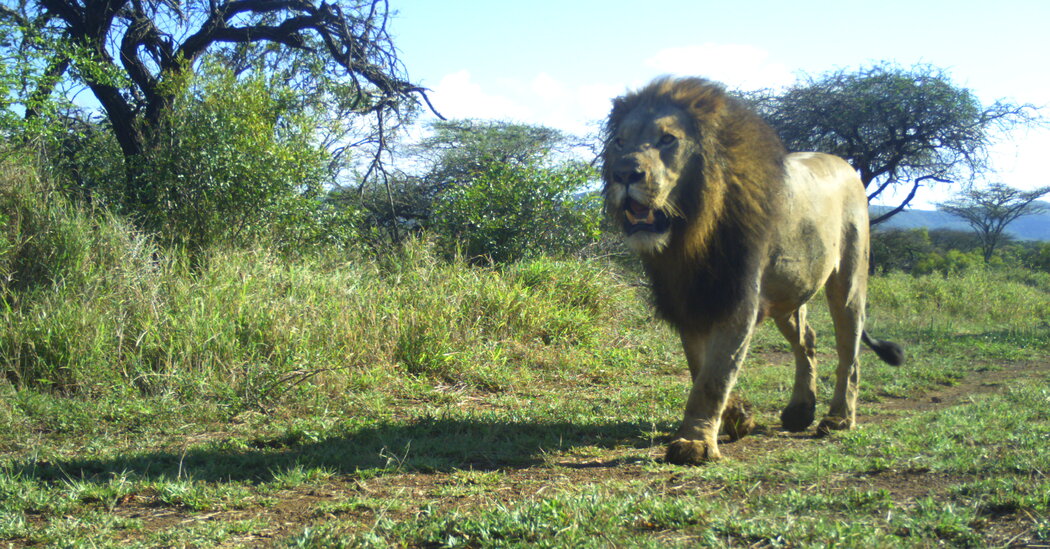Travellers pay a visit to South Africa’s wildlife reserves to see lions and leopards, not civets and servals.
Supervisors of these parks, responding to this commercial strain, have a tendency to favor those even bigger, charismatic predatory cats. Though South Africa’s 30-moreover species of smaller sized carnivores participate in significant roles in their ecosystems by holding populations of prey species in check out, which in change influences plant communities, supervisors give minor, if any, thought to their defense.
The assumption has long been that introducing lions to the leading of the foodstuff chain would direct to more healthy populations of these other carnivore species, and that any attempts to shield significant predators, this sort of as lions, instantly advantage smaller sized ones, way too. However, scientists deficiency proof about no matter if these predictions perform out in the actual earth, especially in smaller reserves of the sort discovered in South Africa.
A review posted on Wednesday in the journal Proceedings of the Royal Modern society B reveals that the dynamics are additional intricate than previously assumed. Though the presence of lions slightly raises the variety of little carnivore species dwelling in an location, it decreases their total assortment.
“We cannot just assume that when we deal with for lions, there will be umbrella gains for all of biodiversity,” said Gonçalo Curveira-Santos, a doctoral candidate in conservation biology at the College of Lisbon, and a lead creator of the results. “Apex predators are quite interactive in an ecosystem, and we need to consider far better into account their ecological outcome.”
Lots of wildlife reserves in South Africa are previous livestock farms that have been converted for ecotourism. If lions are present, they have commonly been reintroduced.
“We’re not chatting about pristine landscapes the place lions roam free,” Mr. Curveira-Santos mentioned. “We’re conversing about smaller, fenced reserves exactly where lions are set immediately after landscapes have been remarkably disturbed.”
Soon after reintroduction, managers are inclined to invest important cash and work into protecting lion populations, such as anti-poaching patrols and often eradicating wildlife snares placed in reserves by people in the local communities.
Mr. Curveira-Santos and his colleagues desired to see what outcome, if any, these functions experienced on little carnivore species that weigh less than 44 pounds. They centered on 17 reserves in South Africa’s Limpopo and KwaZulu-Natal provinces, about half of which experienced reintroduced lions to their qualities. They utilized digital camera-trap info gathered by the conservation team Panthera to estimate the selection of little carnivore species in each and every reserve and calculate the extent of their existence.
Across reserves, the researchers recorded 22 small carnivore species, from side-striped jackals and banded mongooses to bat-eared foxes. They found that total species counts had been a bit larger in reserves with lions, but that, on average, lions diminished the sum of land that smaller carnivores are located on by about 30 p.c.
Mr. Curveira-Santos states it is crystal clear that the lions, when they are current, are influencing the distributions of these smaller carnivores.
“The issue is, is this the natural part and a excellent matter for conservation, or is it a negative thing simply because we’re undertaking this in a incredibly synthetic way?” he explained.
It could be that there are less unique smaller carnivores, simply because lions are killing or or else repressing them, he stated, or that lions are leading to small carnivores to prevent particular spots out of concern — or both of those. The team also simply cannot say whether these dynamics are impacting smaller carnivores’ ecological roles. Extra analyze will be needed, but if smaller predators are currently being killed by lions or confined to certain spots wherever the massive cats do not tread, that could guide to inhabitants declines of these species and produce imbalances for other animals and vegetation.
Kelly Anne Marnewick, a carnivore biologist at Tshwane University of Technologies in South Africa who was not involved in the study, mentioned that reintroducing lions at these South African reserves experienced been valuable, with the predators now deemed to be of “least concern” for conservation applications.
“However, we have to have to consider heed of the conclusions of this paper and immediate investigate to make sure we have sufficient information to adapt management to a more holistic solution for the benefit of the whole ecosystem” she stated.
With more investigation, Mr. Curveira-Santos and his colleagues hope to identify how a lot overlap exists among the ecotourism industry’s industrial interests and the conservation community’s ecological ones.
“We are just beginning to unravel the complexity of carnivore group diversity and dynamics,” he reported. “There’s additional research wanted before we can say how substantially administration and conservation priorities are aligned.”
